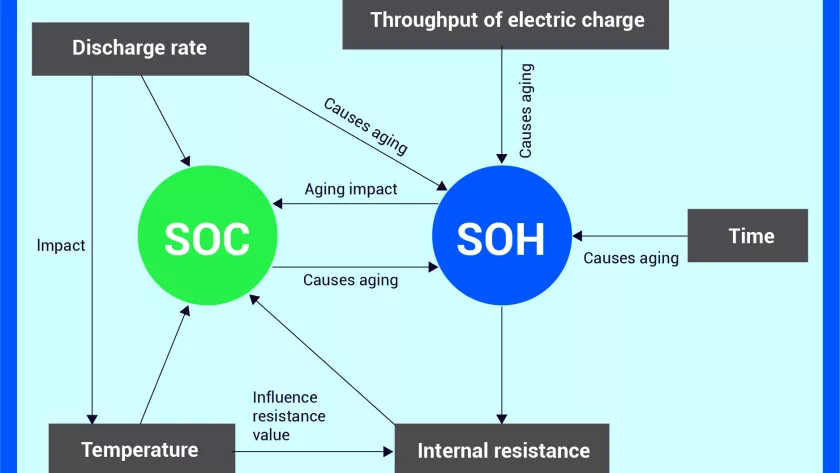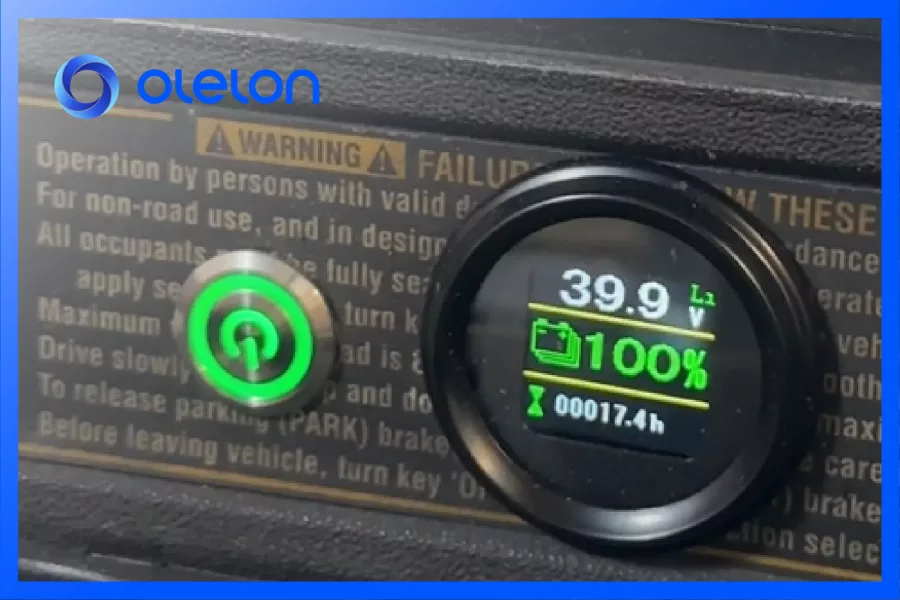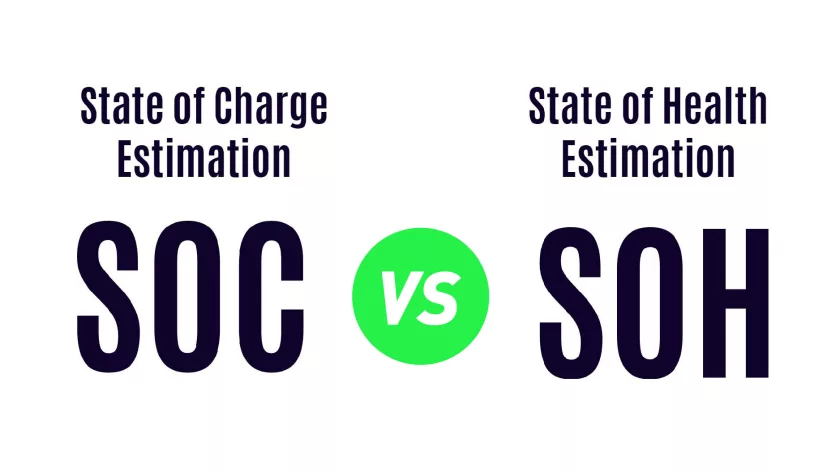In the world of electric golf carts, ensuring reliable performance and long driving range comes down to more than just having a fully charged battery. Two essential indicators help evaluate battery performance: State of Charge (SOC) and State of Health (SOH). While both are crucial, they serve different purposes and interact in ways that can significantly affect the user experience on the course.
What Is SOC (State of Charge)?
SOC refers to the current charge level of a battery, expressed as a percentage of its full capacity. Think of it as a “fuel gauge” for electric vehicles. A 100% SOC means the battery is fully charged, while 0% means it’s completely discharged.
Key functions of SOC in golf carts:
- Displays remaining battery capacity in real-time.
- Helps golfers estimate how many holes they can cover before needing to recharge.
- Triggers safety or performance modes when battery levels are low (e.g., speed reduction below 20% SOC).
What Is SOH (State of Health)?
SOH, on the other hand, measures the battery’s overall condition and performance compared to a brand-new battery. It indicates how much the battery has degraded over time due to aging, charging cycles, temperature exposure, and usage patterns.
Key functions of SOH in golf carts:
- Determines whether the battery can still deliver its original capacity and power.
- Informs users and service teams when the battery is nearing the end of its useful life.
- Affects long-term planning for maintenance, replacement, or warranty decisions.
The Difference Between SOC and SOH
| Category | SOC (State of Charge) | SOH (State of Health) |
|---|---|---|
| Definition | Current energy level of the battery | Remaining capacity and efficiency of the battery |
| Unit | Percentage (%) | Percentage (%) |
| Frequency of Change | Changes frequently during use/charging | Changes slowly over months/years |
| Analogy | Like a fuel gauge | Like a health check report |
| Role | Real-time energy monitoring | Long-term battery performance assessment |
How SOC and SOH Affect Each Other
Although SOC and SOH measure different things, they are closely connected:
- SOH impacts the accuracy of SOC:
If a battery’s SOH has dropped (e.g., from 100% to 80%) but the system still calculates SOC based on the original capacity, the displayed SOC will be misleading. For example, the system might show 100% SOC, but the user will only have 80% of the original driving range. - SOC data helps evaluate SOH:
Consistent patterns of rapid SOC drop or difficulties in charging may signal declining SOH. For example, if the battery appears to be fully charged but the golf cart can’t complete a full round, this might indicate SOH degradation.

Practical Implications in Golf Cart Batteries
For golf cart operators, SOC and SOH play vital roles in performance and planning:
- A healthy SOH ensures that the golf cart maintains its original range and power output, even after months or years of use.
- An accurate SOC reading helps players and maintenance staff avoid unexpected power loss on the course.
- Advanced BMS (Battery Management Systems) with app or dashboard integration allow users to monitor both SOC and SOH in real time.
- Battery brands that offer SOH monitoring can help golf course managers make informed decisions about battery maintenance, replacement, or fleet rotation.
Final Thoughts
SOC and SOH are not just technical battery metrics—they are essential tools for delivering a reliable and enjoyable golf cart experience. SOC tells you how far you can go, while SOH tells you how strong your battery still is. Together, they help maximize uptime, extend battery life, and ensure that golfers can confidently finish their round without power concerns.


